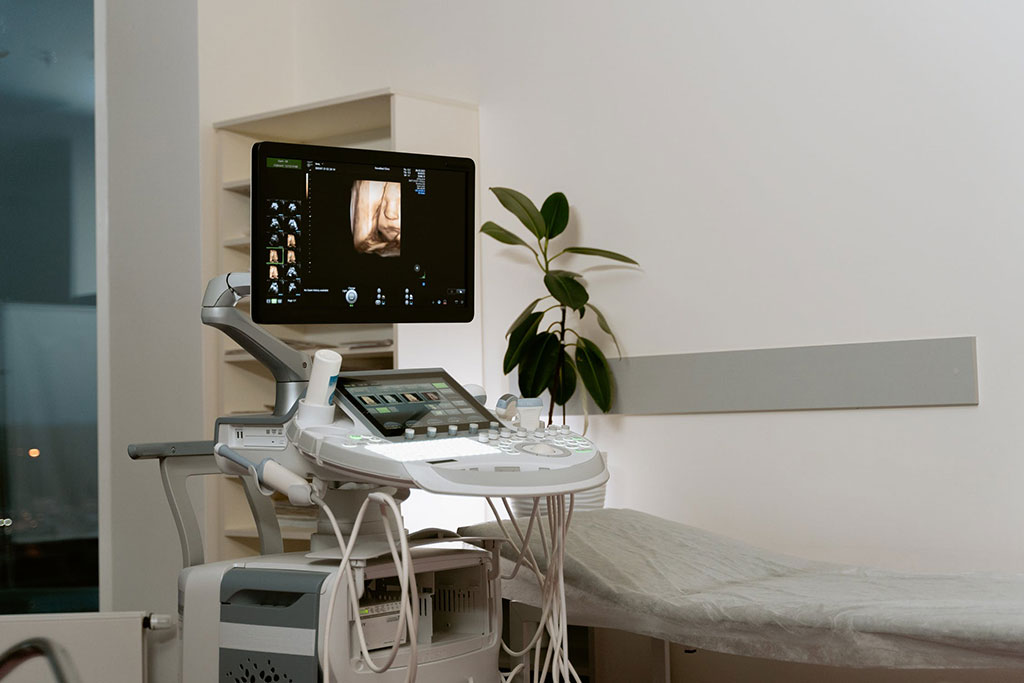AI Automatically Segments Kidneys and Measures Total Kidney Volumes Using Only 3D Ultrasound Images
Posted on 02 May 2022
Total kidney volume (TKV) is the most important imaging biomarker for quantifying the severity of autosomal-dominant polycystic kidney disease (ADPKD). 3D ultrasound (US) can accurately measure kidney volume compared to 2D US; however, manual segmentation is tedious and requires expert annotators. Now, the first study applying deep learning to 3D US in ADPKD has shown promising performance for auto-segmentation of kidneys using 3D US to measure TKV, close to human tracing and MRI measurement.
The imaging and analysis method developed by researchers at the Mayo Clinic (Rochester, MN, USA) could be useful in a number of settings, including pediatric imaging, clinical studies, and longitudinal tracking of patient disease progression. ADPKD is a genetic disorder in which cysts develop within the kidneys, causing kidneys to enlarge and lose function over time. Over time, kidney and liver volumes steadily increase, resulting in renal function decline. There is no cure for PKD, but dialysis, kidney transplant, blood pressure medication, and surgical removal of cysts are treatment options. If diagnosed and monitored at an early stage, better treatment options are possible.

Measuring kidney and liver volumes are some of the most important biomarkers in quantifying the severity of ADPKD and are used in clinical decision making. Apart from MRI and CT imaging, ultrasound (US) imaging is popular and widely used to diagnose acute and chronic kidney diseases. Imaging features computed from US data using deep CNNs improved the classification of children with congenital abnormalities of the kidney and urinary tract and controls. However, the computation of these anatomic measures typically involves manual or semi-automatic segmentation of kidneys in US images, requiring multiple human annotators, increasing inter-operator variability, reducing reliability, and limiting utility in clinical medicine. Automatic kidney segmentation in US images with AI has not progressed recently. Thus, there is a need for further development of US-based kidney imaging and segmentation to understand the problems and improve the performance of the AI models in segmentation.
In the first study to measure total kidney volume from 3D US images using deep learning, the researchers used axially acquired 3D US-kidney images in 22 ADPKD patients where each patient and each kidney were scanned three times, resulting in 132 scans that were manually segmented. The researchers trained a convolutional neural network to segment the whole kidney and measure TKV. All patients were subsequently imaged with MRI for measurement comparison. The researchers found that the method showed promising segmentation performance for auto-segmentation of kidneys and calculating total kidney volume, close to human tracing, and measurement. The researchers also compared its performance with MRI, and found that it achieved good performance, suggesting it may be useful in populations where MRI is more challenging, such as children.
Related Links:
Mayo Clinic










 Guided Devices.jpg)



